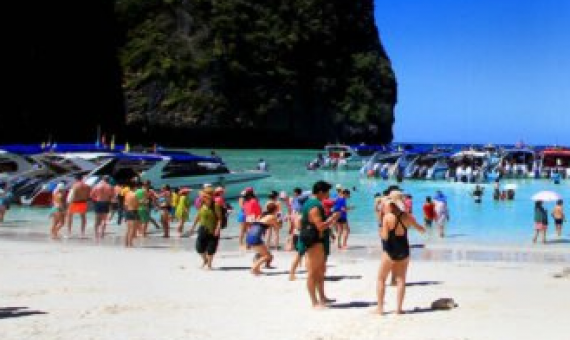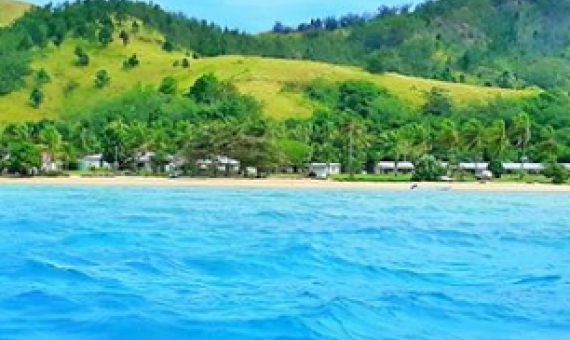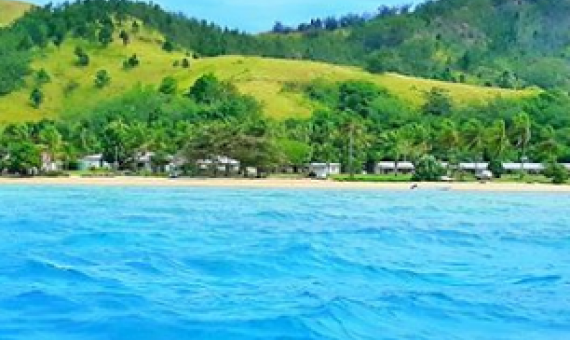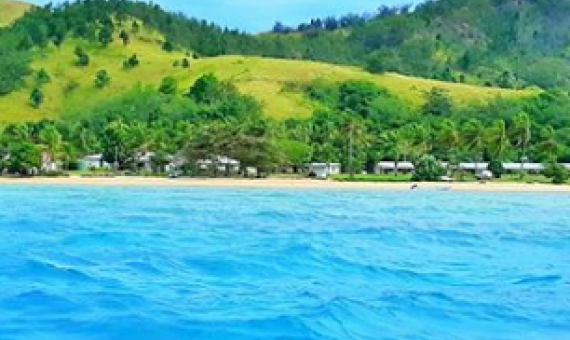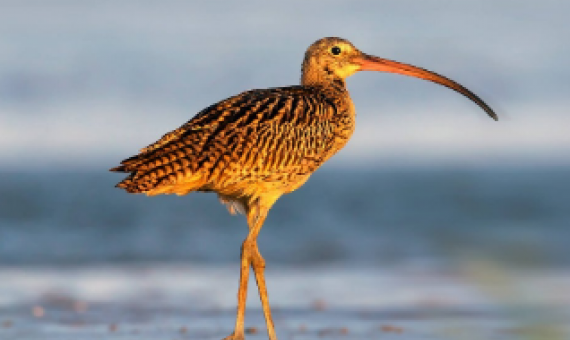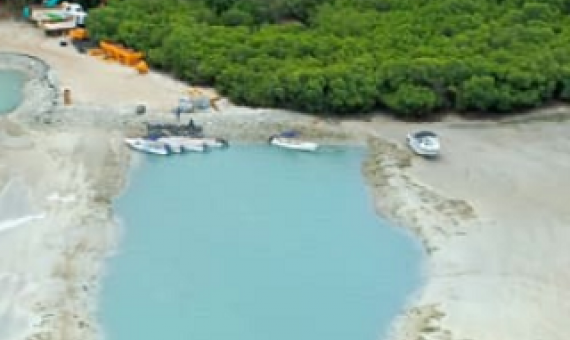The rapid rise in tourism is mostly because of expanding middle classes in many countries. More people are able to afford vacations and travel, particularly in China. Click on the link below to read the full article.
Ra’ui; it is simply the prohibition of certain activities, in certain areas to allow those areas to find balance and replenish themselves again.
Newsroom's investigations editor Melanie Reid has been pursuing the environmental desecration of a Fijian island by a Chinese developer, Freesoul Real Estate, since late last year.
Earth Day is an important reminder of the need for a sustainable future and encourages people to show appreciation to the planet by making an effort to protect the environment and the ecosystems within it.
Freesoul is charged with one count of undertaking unauthorised developments, and one count of failing to comply with an environmental prohibition notice. Click on the link below to read the full article.
The development has been the centre of controversy after locals complained construction work already underway was damaging the reef and foreshore. Click on the link below to read the full article.
Pristine coastal wetland Peleliu Lkes has been treasured in local art and culture for centuries, and acts as a refuge for Endangered shorebirds such as the Far Eastern Curlew. However, the time-honoured bond between people and nature is threatened by the development of a nearby tourism resort.
In a statement yesterday Fiji's environment minister, Mahendra Reddy, said the company's original plans had been rejected in December last year after an environmental impact assessment determined they would be too destructive. Click on the link below to read the full article.
A tourism expert has warned the desecration on Malolo Island could become an international example of 'what not to do' in sustainable tourism development, alongside excessive impacts from resorts in places like the Philippines and Thailand.
The Pacific Blue Belt Project successfully completed its final activities in November 2018. These activities included implementing ten coral fragmentation restoration structures and providing training for four underwater educational trails in French Polynesia.

